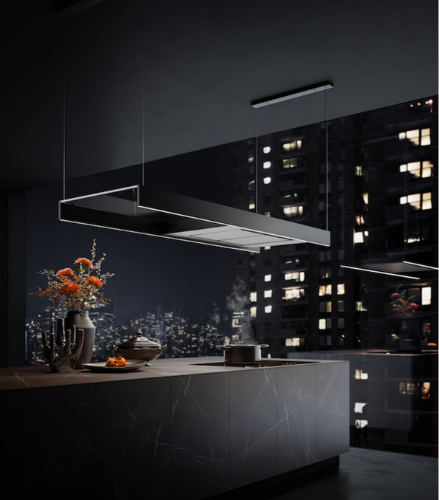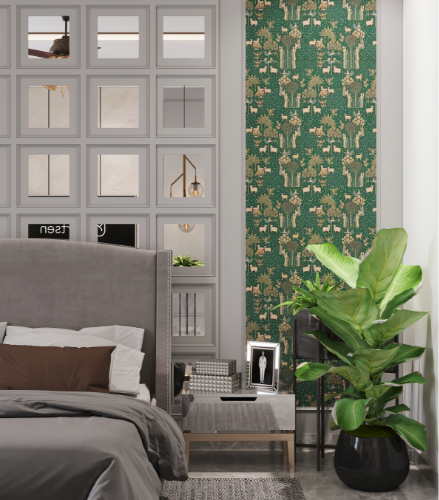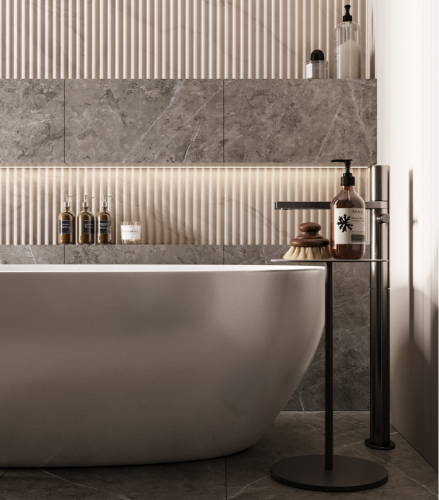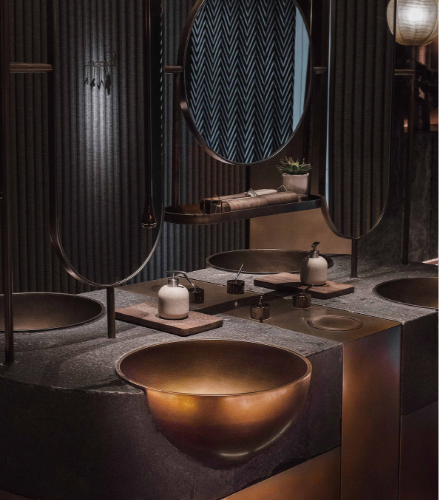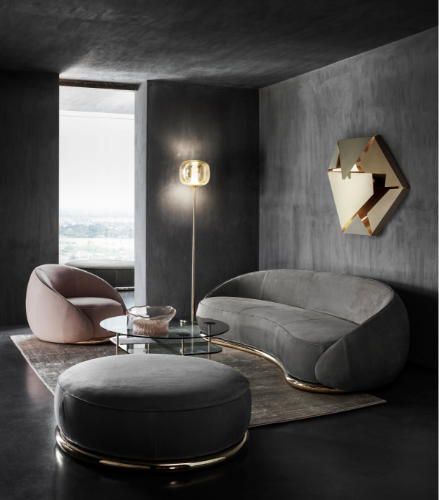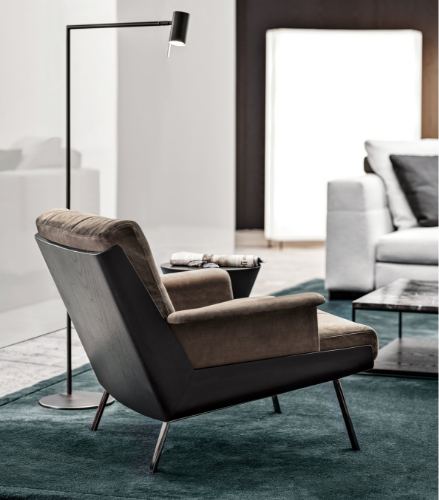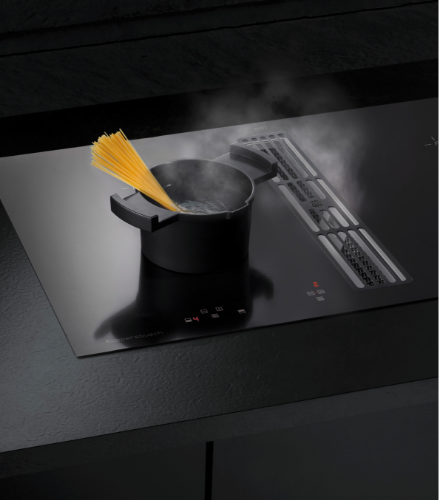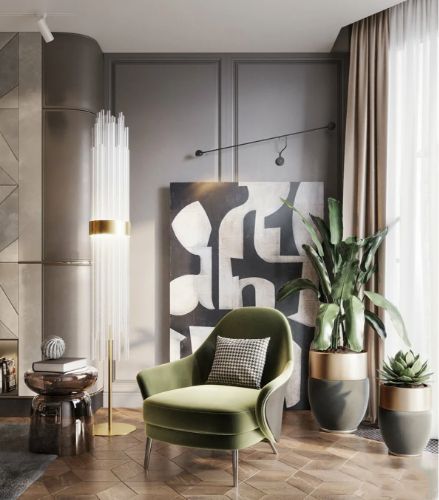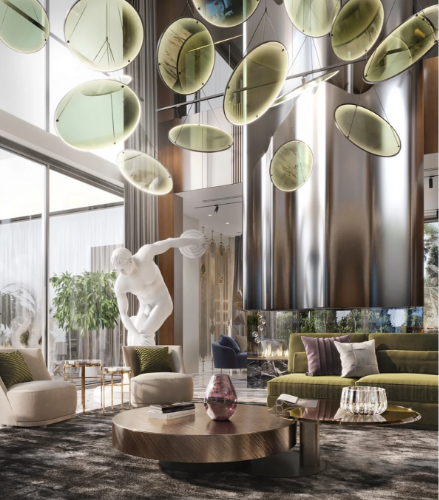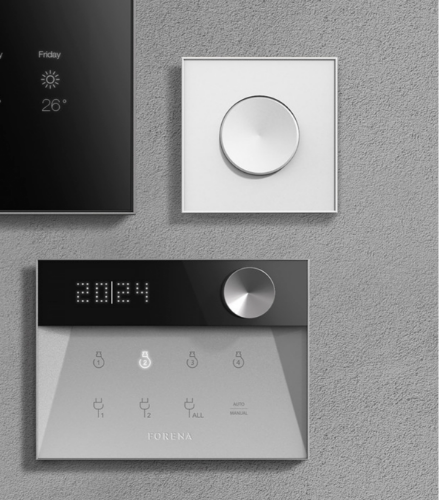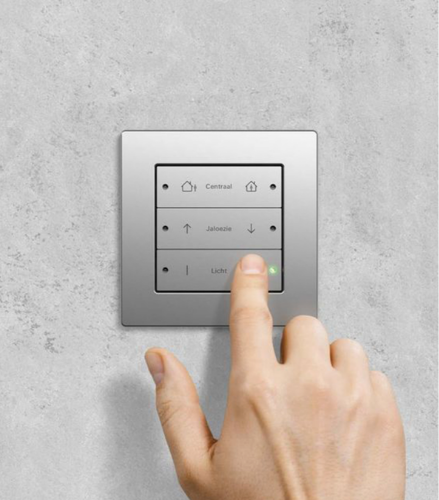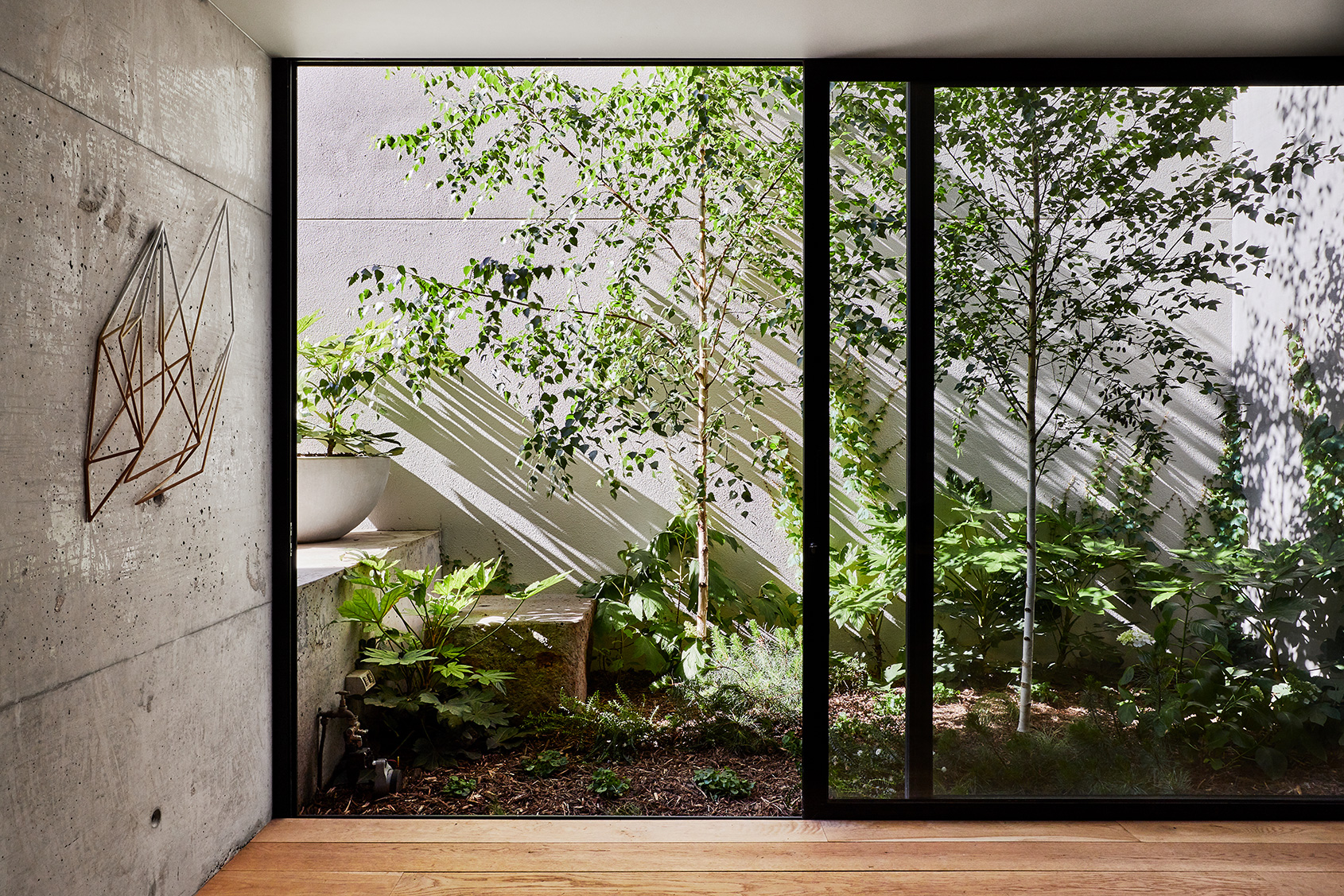Injecting a sense of nature into the built environment has been a long-standing principle in architecture and design. Biophilic design in this sense is a contemporary interpretation of this principle that imbues interior spaces with elements drawn straight from mother nature, fostering a harmonious relationship between human beings and the great wild natural world we live in.
In this blog, we delve into the vivid and profound benefits of biophilic design and the impact it has on our well-being, from reducing stress and anxiety to increasing productivity and creativity. The aim of this blog is to provide a comprehensive guide on how to bring the beauty and serenity of the outdoors into your home, through the clever exploits of natural materials, greenery and vistas. Join us as we embark on a journey to discover the transformational power of biophilic design and how it can elevate the aesthetics, functionality and comfort of your home.
Understanding Biophilic design
Biophilic interior design is an interior design style which aims to re-establish the lost connection to nature by incorporating natural elements, patterns, and processes with the built environment. This design philosophy stems from a theory that people have an innate affinity for nature and that being yoked with nature can positively impact our physical, mental and emotional well-being. The design philosophy may take many shapes and can be expressed through the use of natural light, plants, water features, organic materials, and especially your views of the wilderness.
Also Read: What makes Mediterranean Interior design so special?
Historical background of biophilic design
The roots of biophilic design can be traced back to the early years of the 1980s, the core of the design ideology is based on Edward O. Wilson’s hypothesis that human beings long for the natural world in the midst of a growing concrete jungle that keeps widening the gap between humans and the nature. Since the 1980s, the design belief has grown in popularity and taken root in the mainstream media.
The connection between humans and nature

The existence of human life itself can be owed to nature and the nurturing atmosphere it has given human beings to grow, evolve and invent. Even now when humans have become the triumphant leader of the food chain, their dependence on mother nature is un-replaceable. But, modern life has twisted and morphed the way we as a human species interacted with nature. And this is where biophilic design comes into the picture as the save and grace to re-establish the connection on a very intimate level. Integrating biophilic design into your home breathes life into the lifeless structure of your home.
Also Read: What makes (Boho) Bohemian Interior Design so Special?
Incorporating Nature into the Home
To fully understand how to incorporate biophilic design into your home we must look at each element profusely. So, here are all the elements that make up the beautiful biophilic interior design.
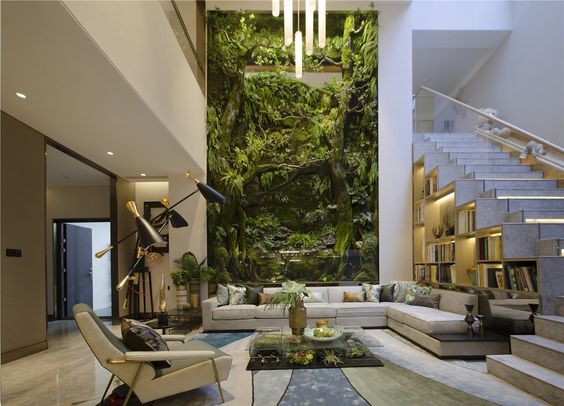
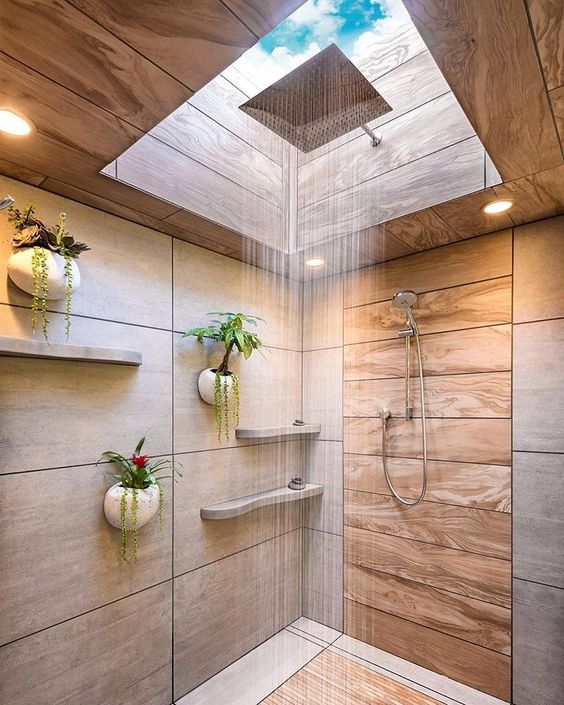
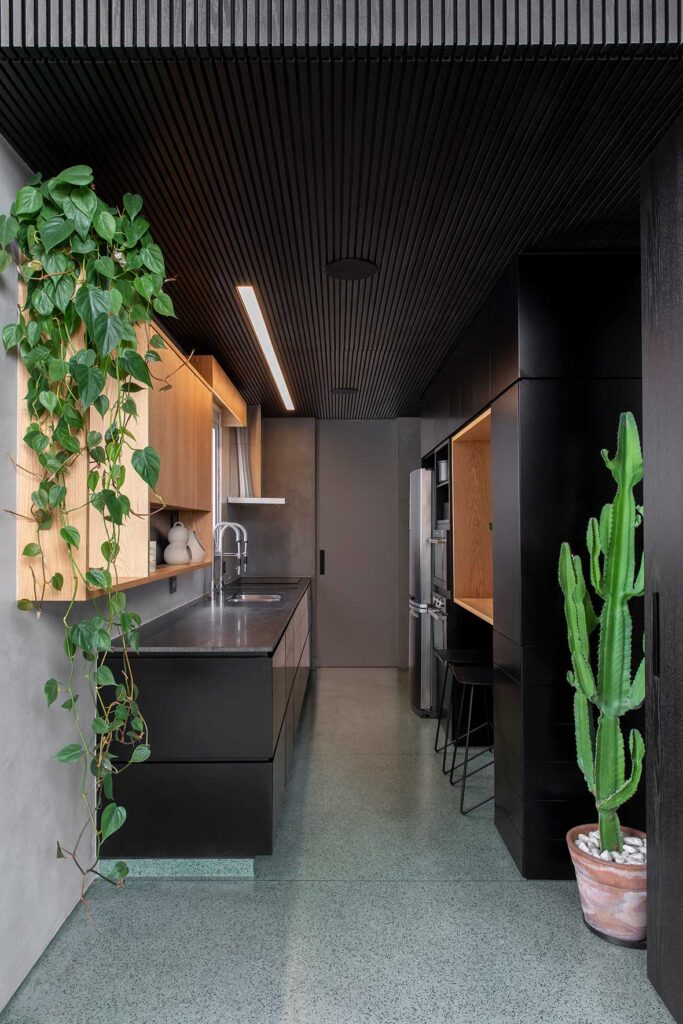
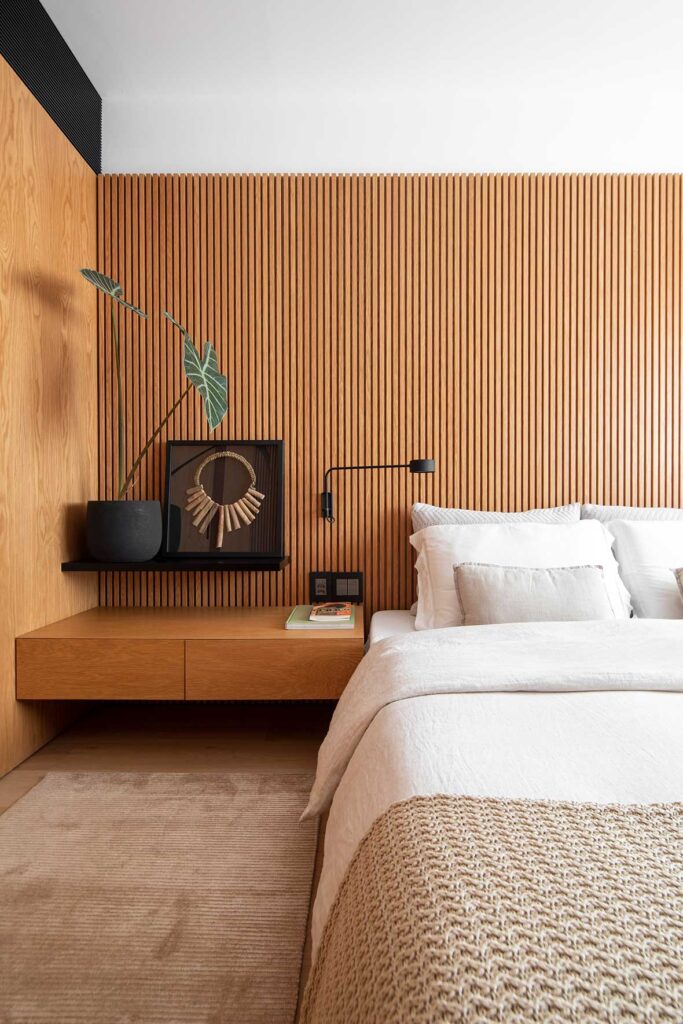
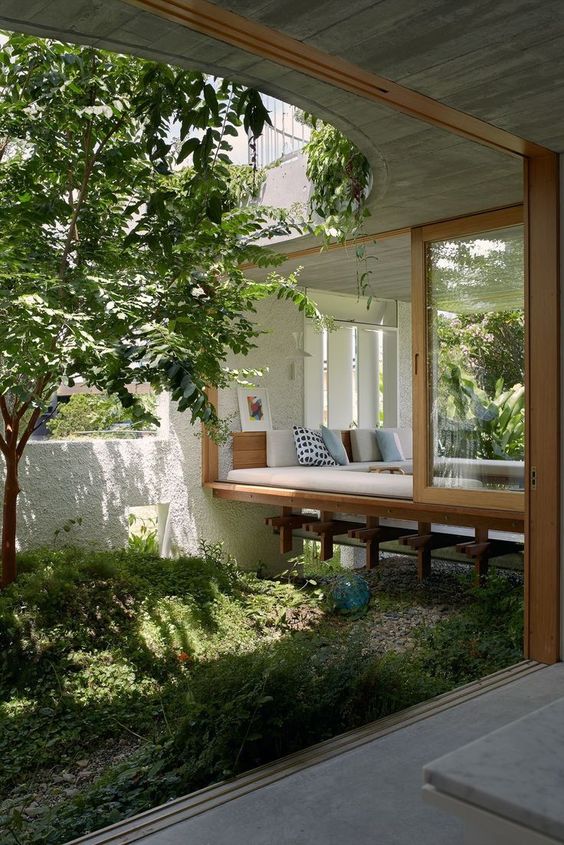
Use of natural materials in interior design
The foremost rule (if you may) in biophilic interior design is the comprehensive use of natural materials, from furniture to decor. And nature provides a variety of materials for you to choose from – wood, stone, jute, fibre and much, much more. All these materials work in tandem to weave a story that reflects the natural world inside your home. So, we recommend using a variety of such materials, rather than limiting yourself to a select few.
Utilizing plants in interior design
Plants are an essential part of our lives, besides enriching the air with life-sustaining oxygen, it also plays a key role in making any space feel clean and fresh. So, its presence in a biophilic interior design can in no way be overlooked; it’s basically the core element that makes biophilic design what it is. And when it comes to its integration into a home, design professionals have curious ways of going about it. The abundant availability of a variety of plant species can deliver a plethora of aesthetic choices.
Also Read: What makes Japandi interior design so special?
Creating indoor water features
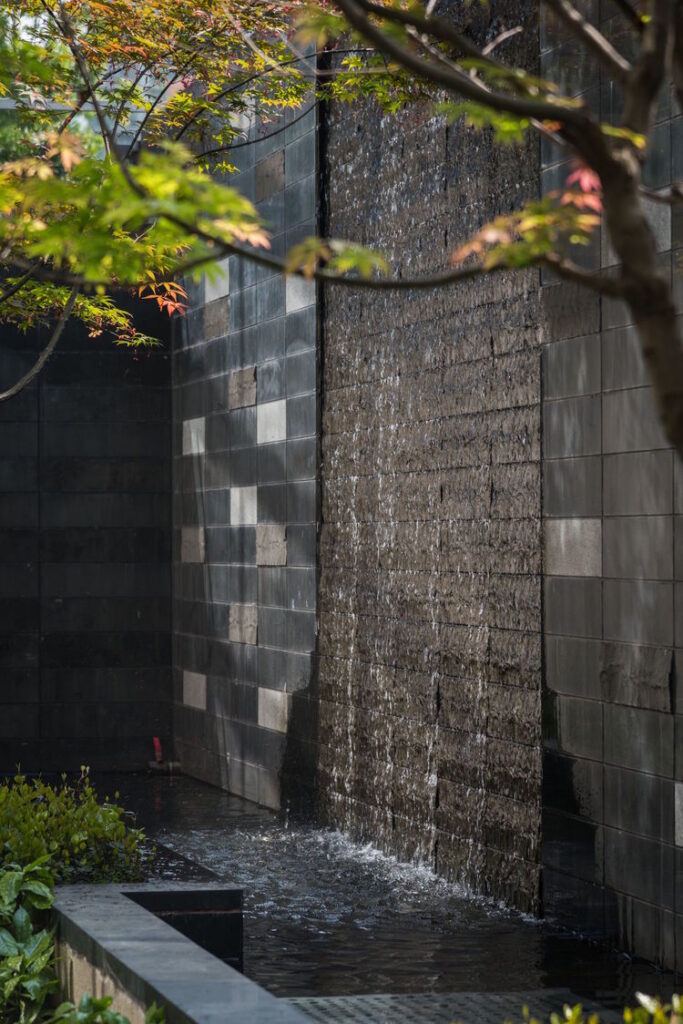
Finally, to drive home the natural decor idea, you should install water features in your home that adds to the vitality of the theme biophilic design is trying to create. And when we say a water feature that doesn’t mean a full-fledged water fountain, not to say, it’s a bad idea. If you have the space go for it, but if you don’t have the space for it, there are a variety of options available in the market.
Natural Light and Ventilation
The main aim of biophilic design is to incorporate all the natural elements inside your home, so how can you forget natural light, which quite literally gives life to the natural world? Besides, natural light has proven to have a plethora of benefits for your health and well-being. A study by the Lighting Research Center found that exposure to natural light can improve mood, reduce stress, and increase productivity. There are numerous such studies that add to the fact that a biophilic design is incomplete without proper natural lighting. Here are some great ways the presence of natural light is magnified:
- Choose a neutral colour palette.
- Integrate lots of mirrors and shiny objects.
- Install larger windows and doors.
As for ventilation, the importance of it cannot be exaggerated enough; from keeping the home fresh and smelling good to creating an overall healthier living environment. This is especially vital for biophilic interior design, as everything in the home is natural, so to keep everything in the best condition, fresh air is a must.
Also Read: What Makes Scandinavian Interior Design So Special?
Biophilic Colour Schemes

Biophilic colour schemes are the amalgamation of all the hues present in nature or the ones that better portray hues from nature. These colours are used in combination to reflect the biophilic philosophy. These colours are especially great at inducing emotions that generally induce the same emotions that are otherwise only present when you are in the midst of nature, which can include waterfalls, jungles, marshes and many more, there are barely any limitations.
The best way to incorporate biophilic colours into your home is by conceptualising a natural setting for your home first. For instance, you can take inspiration from this flower-covered mountain. Various shades of yellow, purple, greens and blue as well can be used to decorate your home.
To sum up – Unlike other design ideologies, the biophilic design provides a bottomless pond of opportunities to decorate your home. Hopefully, this blog helped you learn everything there is to learn about biophilic interior design.

